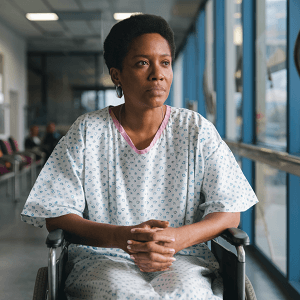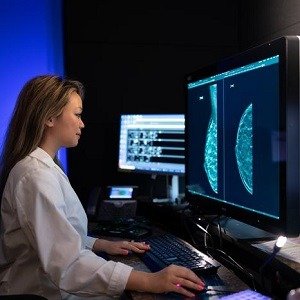Health disparities in the treatment of uterine fibroids are particularly pronounced among Black women, who experience a higher incidence of these often-painful growths. Researchers emphasize that earlier diagnosis and treatment could significantly reduce this healthcare inequality. Many Black patients express a preference for minimally invasive therapies over traditional hysterectomies, which have long been the prevalent treatment due to their perceived simplicity and wider availability.
Dr. Laughlin-Tommaso highlights that the hysterectomy route simplifies decision-making for both clinicians and patients. This approach, however, does not address the higher likelihood of fibroids returning after removal and overlooks the psychological distress faced by many women suffering from symptomatic fibroids. Reports of depression, anger, and body image concerns are common among these patients, underlining the need for more compassionate and effective treatment options.
Currently, screening practices often miss younger women, especially those from minority backgrounds, until fibroids reach significant size or symptoms become unbearable. This indicates a critical gap in proactive healthcare. Researchers advocate for a shift toward early screening, particularly for young Black women and those with a familial predisposition to fibroids, to alleviate potential long-term complications and improve overall health outcomes. By prioritizing these changes, healthcare providers can foster better health equity and support the well-being of vulnerable communities.
See “New guidelines emphasize non-surgical treatments for uterine fibroids” (November 6, 2024)



